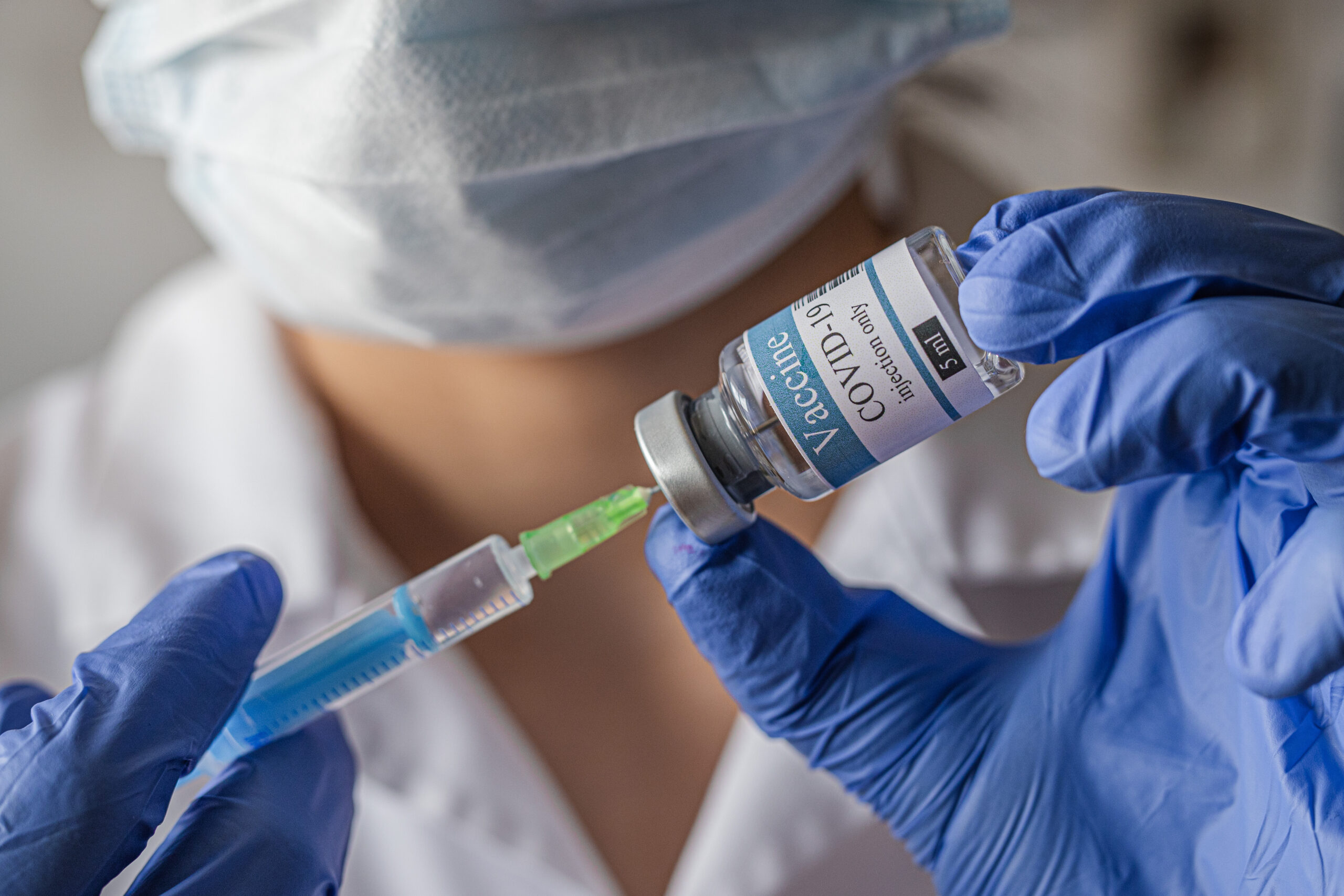With COVID-19 still in our sight, vaccines remain an effective way to fight modern-day diseases. However, one shortcoming of vaccines lies in that they are extremely susceptible to high temperatures, causing them to deteriorate and lose their original purpose if not stored within a cold storage supply chain. This can cause many problems, as this makes delivering mass amounts of vaccines to foreign countries in need of them difficult.
Most vaccines must be kept at a specific temperature range, usually 2-8°C, so that they do not reach the point of degradation. The World Health Organization estimates that more than 50% of vaccines are wasted each year because of the ongoing challenge of keeping vaccines within a specific temperature range.
In efforts to combat this issue, researchers seem to have come up with an experimental, yet promising, innovation to keep vaccines from expiration for a longer period of time. This new technique involves a crystalline, inorganic-organic hybrid material called metal-organic framework (MOF), which creates a cage-like structure that consists of metal ions, acting as a scaffold to protect the vaccine molecules from degradation. The MOF material coating then dissolves when the vaccine is administered to an individual.
One experiment that researchers used to test the validity of the MOF coatings included testing commonly used live virus vaccines—one for a poultry disease and one for influenza—with both vaccines typically degrading in just a few days when not stored in a refrigerator. When applied, the MOF coatings were able to resist the high temperatures and keep the vaccine molecules in a stable state with no risk of degradation for 12 weeks, with both vaccines in environments going from room temperature up to 37°C. The experiments successfully portrayed the viability of the vaccines after three months of unrefrigerated storage. Although this is a new, promising type of technique that helps vaccines stay viable for a longer period of time, researchers say that more testing must be done before its use becomes widespread.
Featured Image Source: myskin










